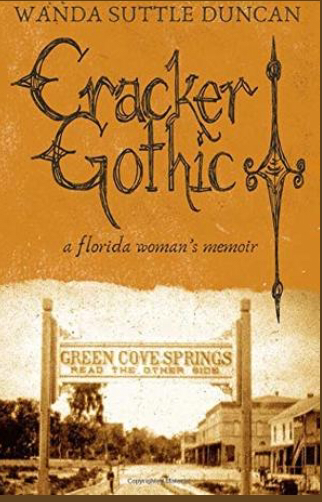 Sam Burnham, Curator @C_SamBurnham Just before we left for South Georgia I found a book online titled Cracker Gothic. I was intrigued from the beginning. So imagine my surprise when Leigha held up a copy of it that she found in a local author and topic section of Once Upon a Bookseller in St. Marys. I had to have that one. And some others, but those are different stories. Cracker Gothic by Wanda Suttle Duncan rotates mostly around the northeast Florida town of Green Cove Springs. I knew of the town beforehand but didn’t have a lot of knowledge on the place. This was an excellent opportunity to learn about a town in Florida. Real Florida. I want to start by saying this is a good book. It’s a really good book. But the point I want to make is that this is an important book. I’d say it’s up there with Patrick Smith’s A Land Remembered when it comes to understanding Florida from an Agrarian viewpoint. (Side note: while it is subtitled “A Florida Woman’s Memoir,” it’s ok guys, you should still read it. It means it’s the experience of a woman. It’s not some Jodi Picoult novel that’s gonna cost you your man card. Read the book.) Duncan starts the story with some family history. She tells of her forebears squeezing a living out of the Okefenokee. Her people stayed on that land as long as a living was possible. Then, like so many other Crackers, they wandered south, across the Florida line and many found a home around artesian sulfur springs near the St. Johns River. The springs are located in a little town called Green Cove Springs. 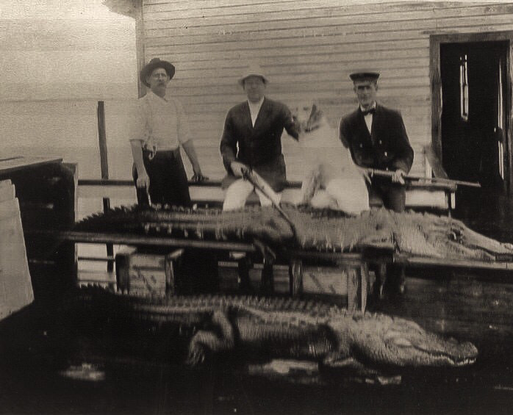 A Suitable Caption Would Contain Spoilers - Photo Courtesy Clay County Archives, Green Cove Springs, FL A Suitable Caption Would Contain Spoilers - Photo Courtesy Clay County Archives, Green Cove Springs, FL Green Cove Springs is unique. But it’s also just like every other small town in The South. It has character and characters. It also has a rich history and a heyday that is long gone. Duncan’s descriptions of all of these keep you turning pages. She weaves the town’s past and present with the personal story of the trials and tragedies that brought her back to this town decades after her escape to greener pastures elsewhere. But her return isn’t all sorrow. There are old friends as well as new. She finds herself frequenting places she wouldn’t have visited elsewhere. There are new hobbies and adventures. She rediscovers the rich flavor and aroma of sulfur water. And if you love sulfur water, you’re a genuine Cracker. Duncan beautifully describes her return and her understanding of the Spanish idea of “Querencia,” that spot in a bullring where a bull retreats to regain his strength. La Querencia is a specific location from which one’s strength of character is drawn. It’s this sense of place that makes home much more than where you hang your hat. It is set deep in your identity. That’s what she found on her return. Again, in many ways, Green Cove Springs is unique. There’s no other place like it. In other ways, it’s just like thousand small towns across the rural South. Taking in the stories laid out in Cracker Gothic helps us to understand the plight of small towns. Their beauty, their uniqueness, their value can be understood and appreciated only after we take the time to reconsider them. We’ve fled from them and neglected them and now it is time to go back and rediscover them, not to change or adapt them but love them for what they are. And so this book should be read and it should show us pictures of Green Cove Springs, and also St. Marys, Kingsland, Folkston, Darien, and the list goes on. Like I said before, this is a really good book and also an important book. I highly recommend it to anyone who loves The South.
1 Comment
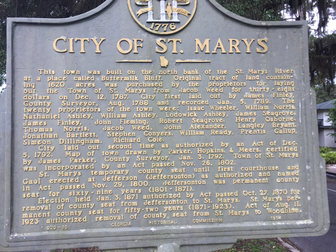 St. Marys is a Town With a Long History St. Marys is a Town With a Long History Sam Burnham, Curator @C_SamBurnham There are hidden gems. There are well-kept secrets. And then there is St. Marys. This town is tucked in behind Cumberland Island and set along the St. Marys River. It’s a great location for an 18th Century port of entry, protected from storms, yet maintaining a direct connection to the Atlantic. It’s the sort of place you might find in a Hemingway story. The waterfront has several places where travelers and locals find food and drink. There’s live music on Thursday, Friday, and Saturday evenings. From these places you can see sailing vessels anchored in the harbor, floating peacefully on the brackish waters formed by the mingling of the freshwater river and the salty sea. From that harbor you see St. Marys as a village perched on a slice of dry ground wedged between the marshes. 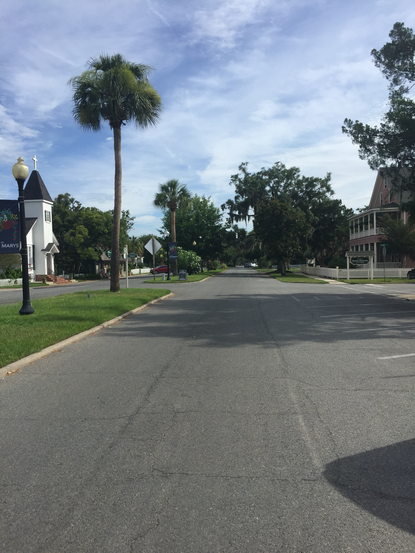 Looking North on Osborne St., the Main Street in Downtown Looking North on Osborne St., the Main Street in Downtown For us, the town was a respite, both physically and psychologically distant from the hustle and bustle that is increasingly consuming much of North Georgia. I joked that it was “as far as you can get from Atlanta without leaving the state.” That’s pretty much the truth in more ways than one. In the heart of historic downtown we found a home for the week. We sat on the porch in the evenings and watched people walk or ride bikes or golf carts to dinner. There were no traffic jams, no honking car horns, no struggle to find a parking place. In fact, for much of our stay there were empty, unneeded spots in front of our house, a product of a walkable community. Rush hour here consists of a couple dozen people walking to catch the Cumberland Island Ferry in the morning or back to their cars in the afternoon. It seems like this would be a dead town, void of culture or commerce. But there are restaurants, antique stores, decorating & design studios, an art gallery, museums, and even a local newspaper. The museums and galleries, along with the community theatre, are just part of a cultural base. This is a community where artists and musicians find outlets and where the people are well connected to their history. There’s a 600 feet long history walk, a trail shaded by large trees with interpretive markers that tell the history of the town. 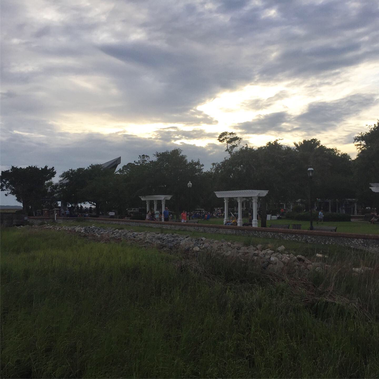 The Riverfront Park is a Beautiful Spot Where People Gather, Relax, or Play The Riverfront Park is a Beautiful Spot Where People Gather, Relax, or Play St. Marys is the gateway to Cumberland Island, the largest of Georgia’s 18 barrier islands. The Island was developed into plantations and even the home of several wealthy heirs of industrialist Andrew Carnegie. The Island is now a national preserve and Dungeness, the most magnificent of the homes, is in ruins. The descendants of the horses of the wealthy are now wild and freely roam the lawns and gardens as well as the woods and beaches. Second growth trees, mostly moss-draped live oaks, tower over land where slaves once toiled over crops. We’ll be covering more of this area in the future. There’s a lot to discuss and the southeast Georgia area is really in our wheelhouse. So stay with us and enjoy the ride and we cover some people, places, ideas, and events that stuck with us. |
Sam B.Historian, self-proclaimed gentleman, agrarian-at-heart, & curator extraordinaire Social MediaCategories
All
Archives
November 2022
|
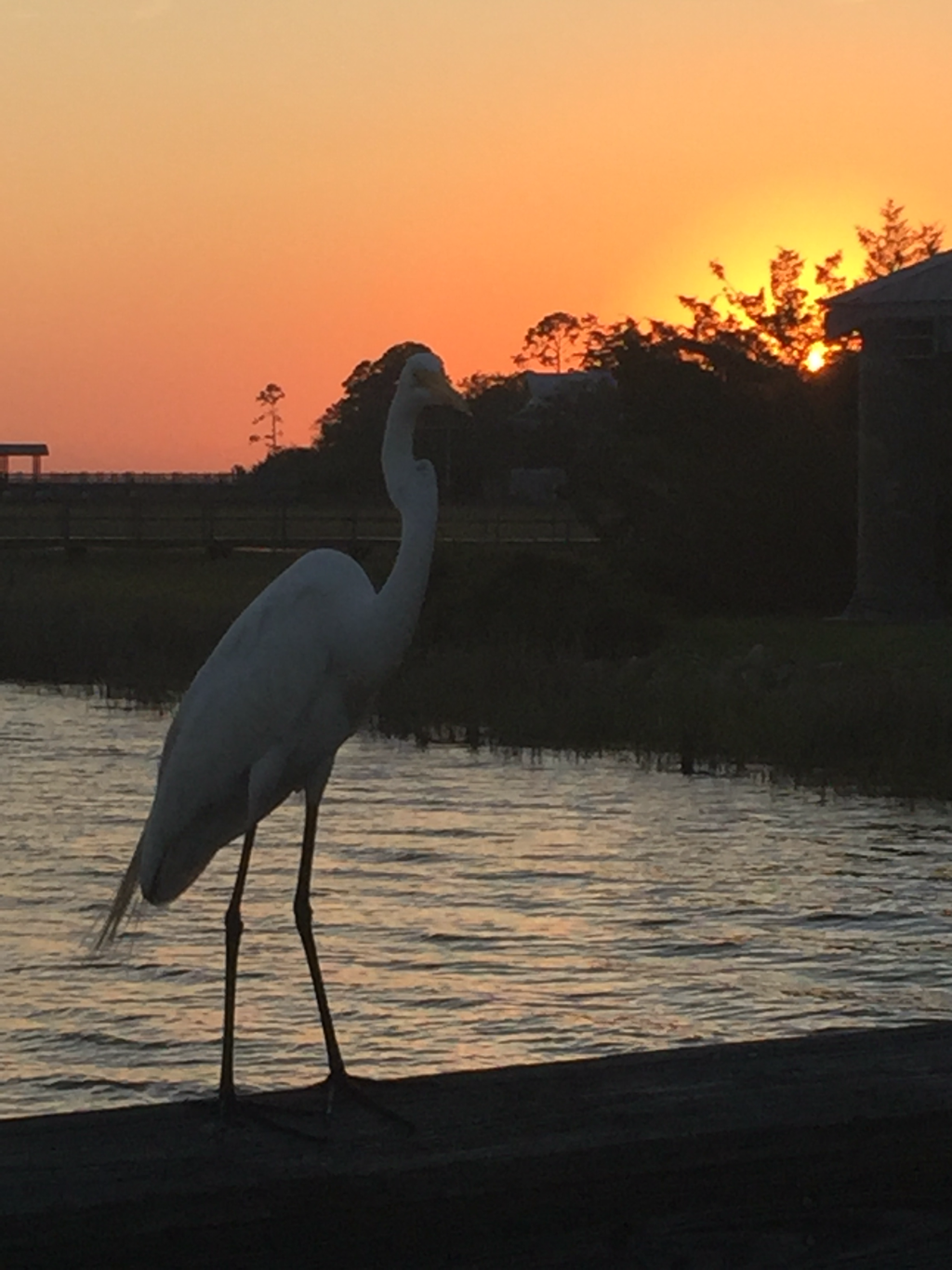
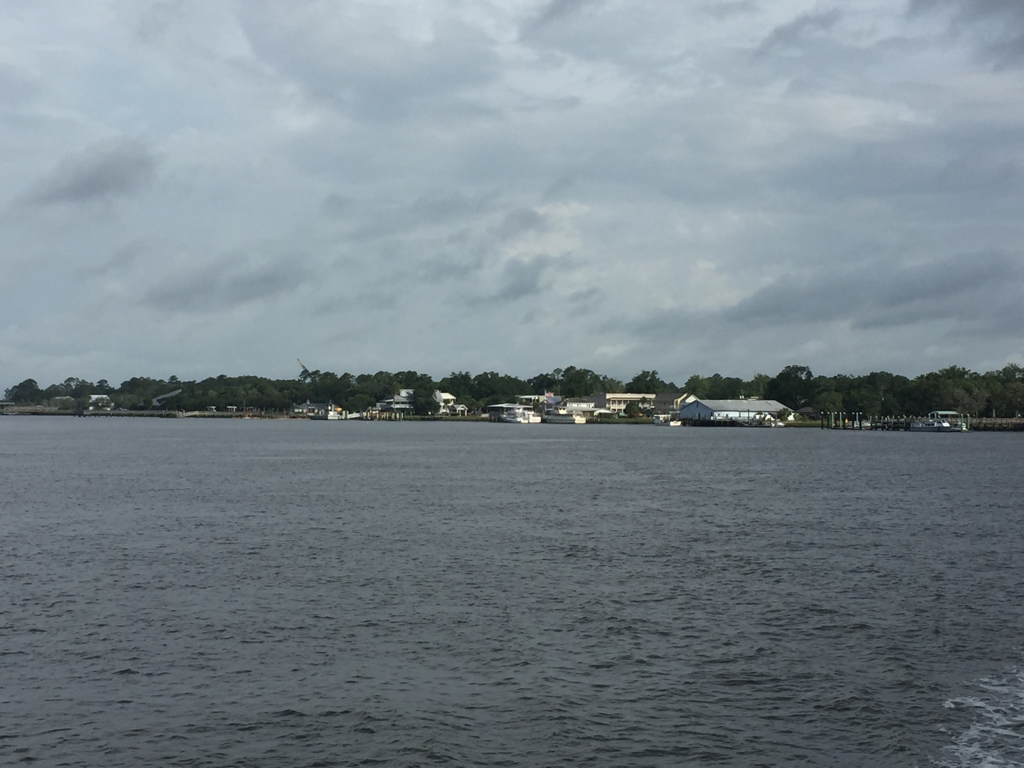


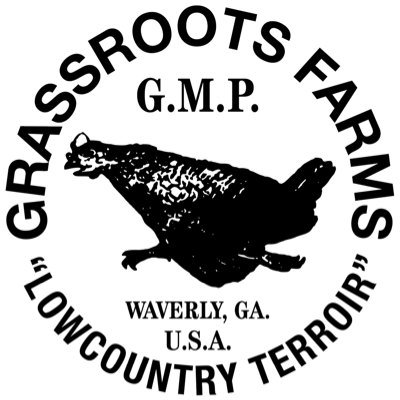
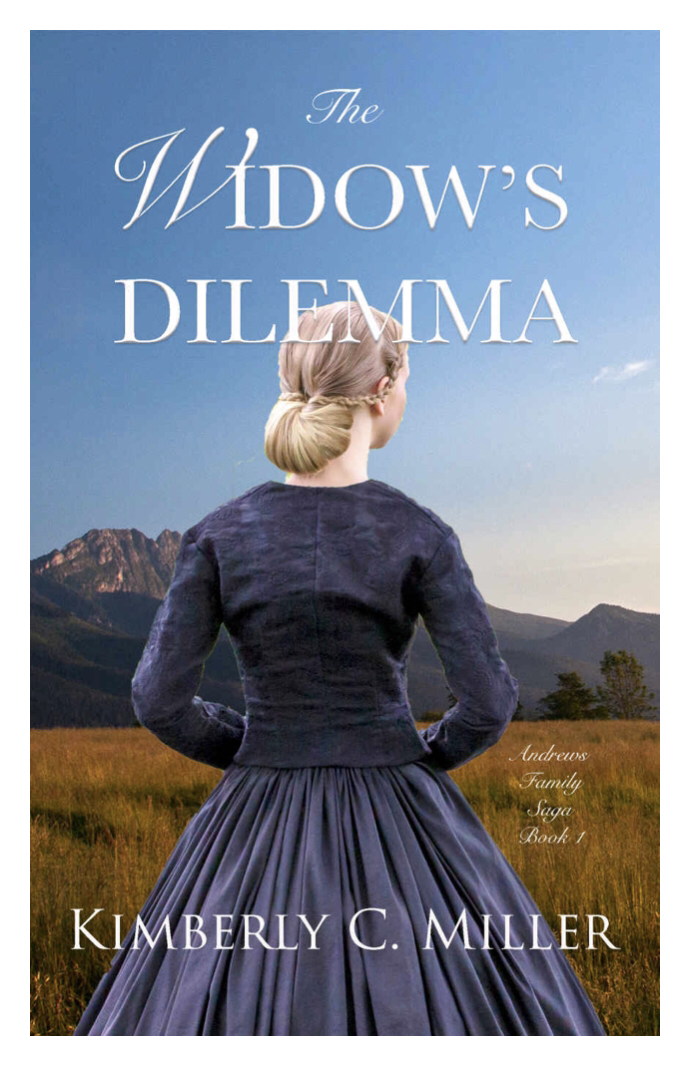
 RSS Feed
RSS Feed
